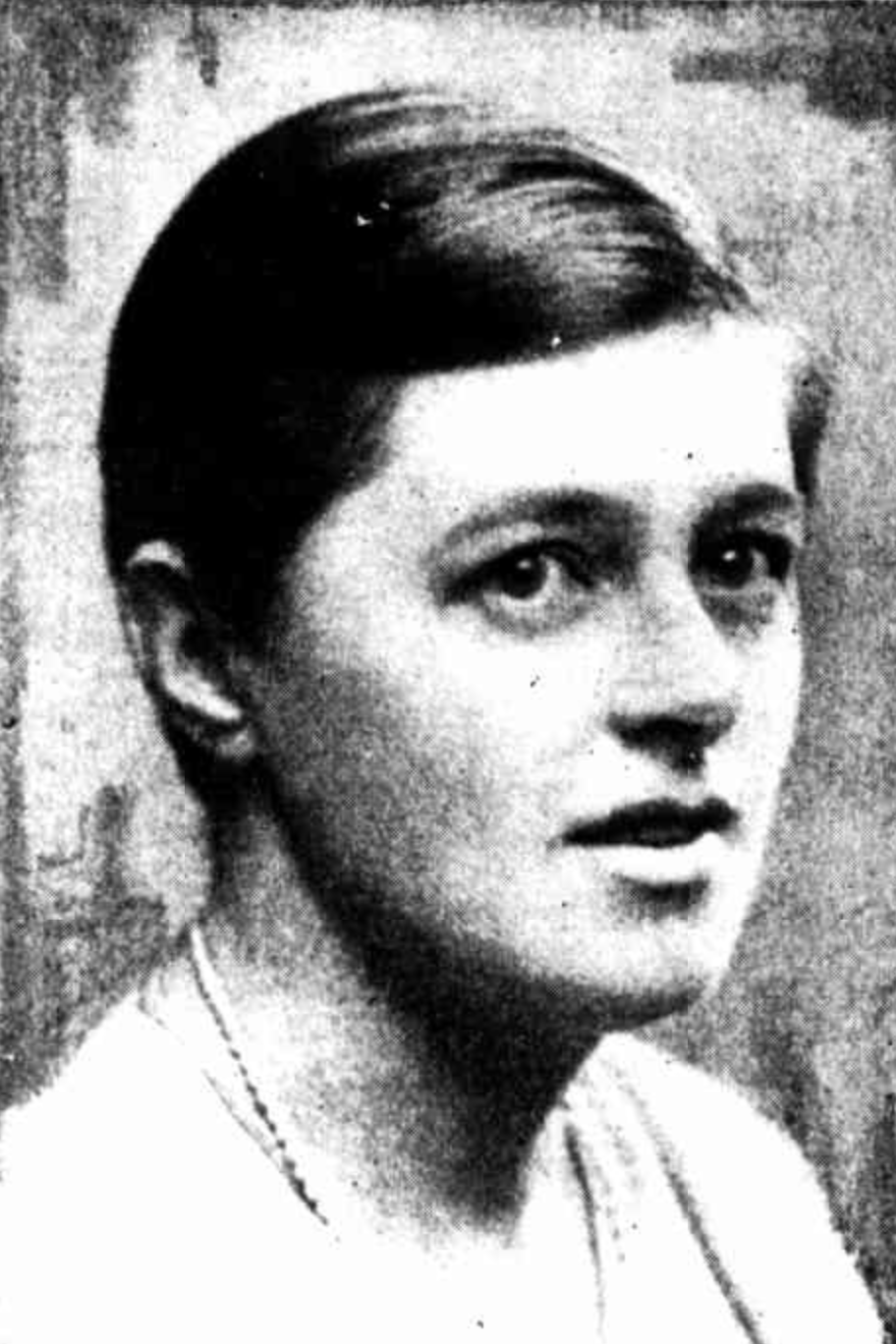Claire Weekes
 Hazel Claire Weekes MBE (11 April 1903 – 2 June 1990) was an Australian general practitioner and health writer; she also had an early career as a research scientist working in the field of comparative reproduction. Doctor Weekes is considered by many as the pioneer of modern anxiety treatment and has written several books on dealing with anxiety disorders.
Provided by Wikipedia
Hazel Claire Weekes MBE (11 April 1903 – 2 June 1990) was an Australian general practitioner and health writer; she also had an early career as a research scientist working in the field of comparative reproduction. Doctor Weekes is considered by many as the pioneer of modern anxiety treatment and has written several books on dealing with anxiety disorders.
Provided by Wikipedia
-
1
-
2
-
3
-
4